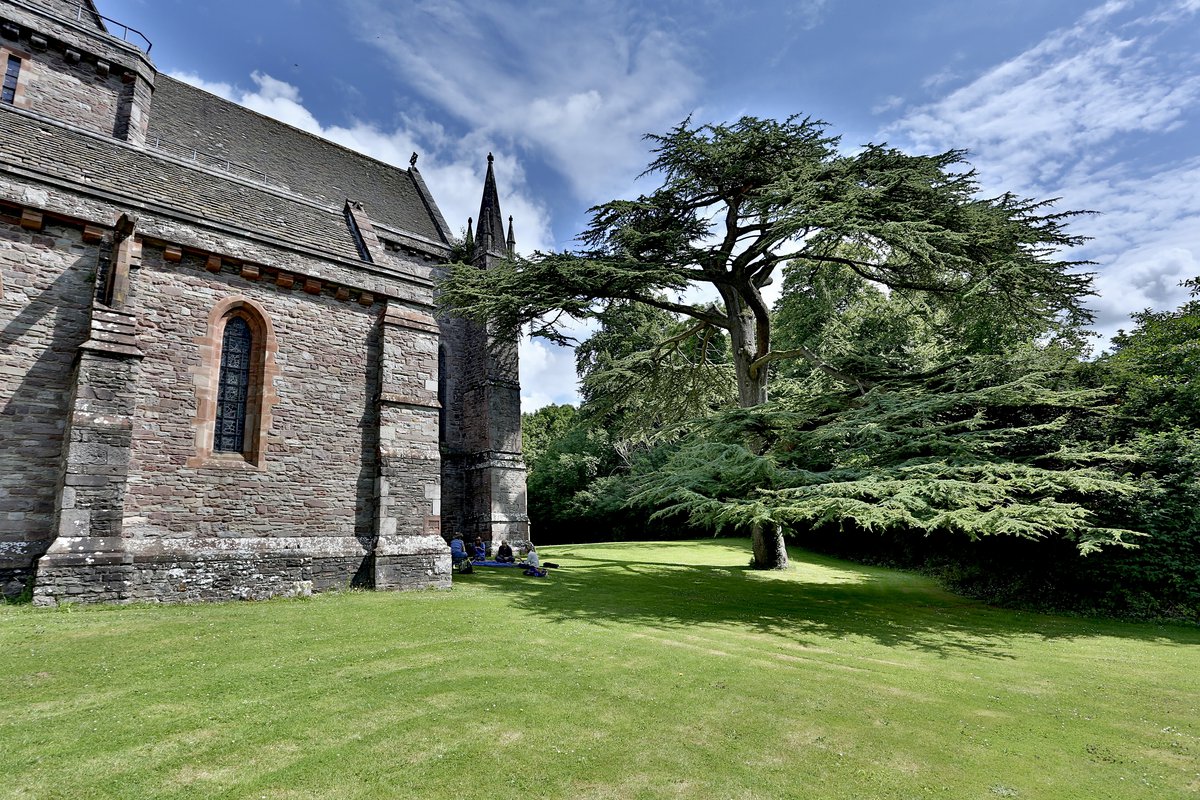Cedar of Lebanon

Like the Giant Redwood, the Cedar of Lebanon is a conifer. This means that it produces cones - rather than flowers. On mature trees, the foliage consists of little tufts of bright green leaves on flat widely-spaced horizontal branches. The female cones, which take two years to produce seeds, are barrel-shaped, about 10cm in height and, often in little clusters, sit upright on the branches.
The tree occurs naturally in the mountains of the eastern Mediterranean, where it has great cultural and historical significance as a symbol of strength, beauty and goodness. The wood is very resistant to decay and this has given it many uses. It also has a pleasant scent.
In the Bible, there is a remarkable description of ‘the house of the Lord’, the temple in Jerusalem that was built by King Solomon about 3000 years ago. Cedar wood was used to line the inside of much of the building and there are detailed descriptions: ‘The cedar within the house had carvings of gourds and open flowers: all was cedar, no stone was seen’ (1 Kings 6: 18).
The tree was introduced to Britain in 1638 and quickly became a favourite for parks and large gardens. We’re not sure when our Cedar tree was planted, but we’re trying to find out!
There are 14 different stories on the trail. You can explore them in any order. Just point your phone camera at the QR code when you spot the Cathedral logo. You can download the trail map here.